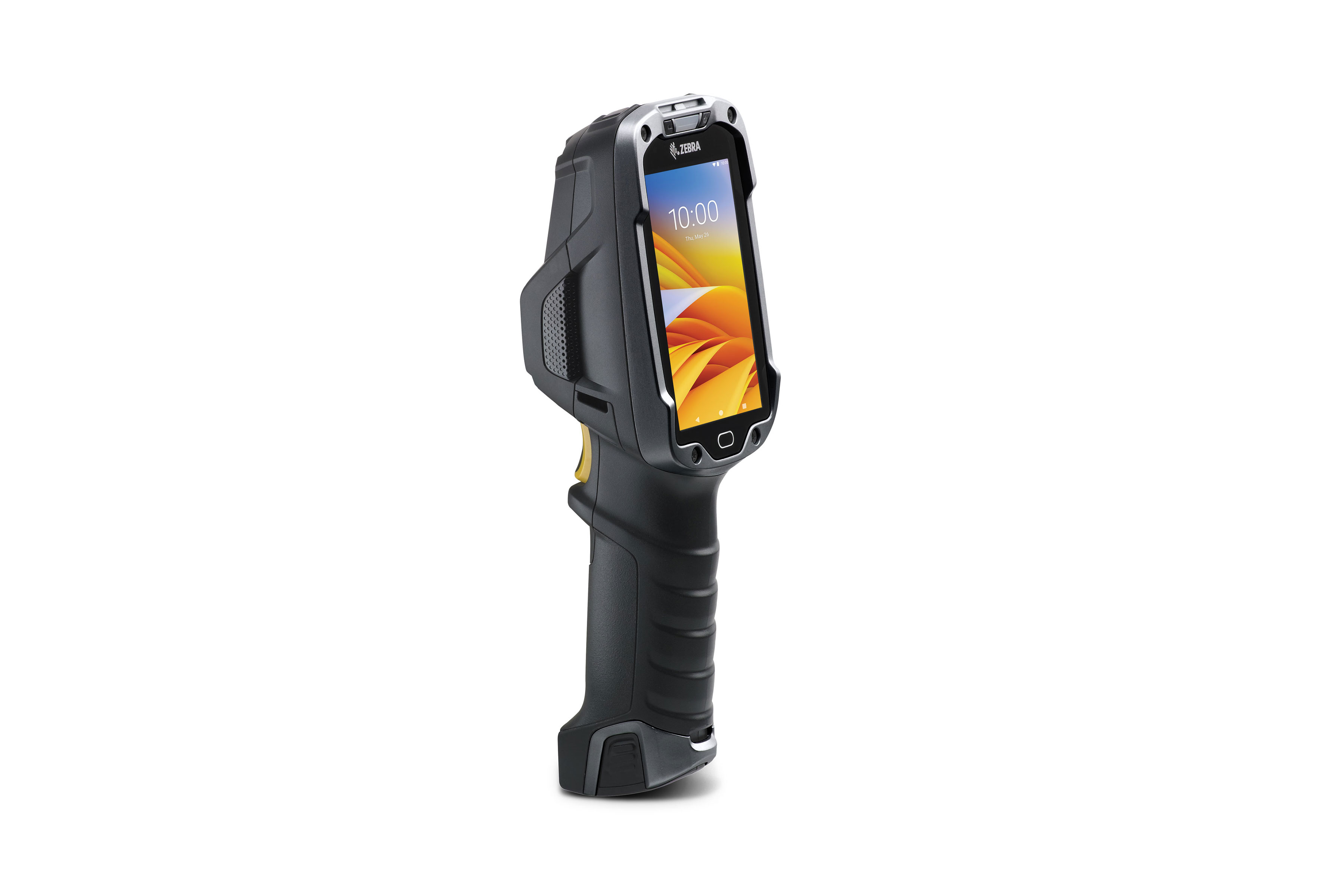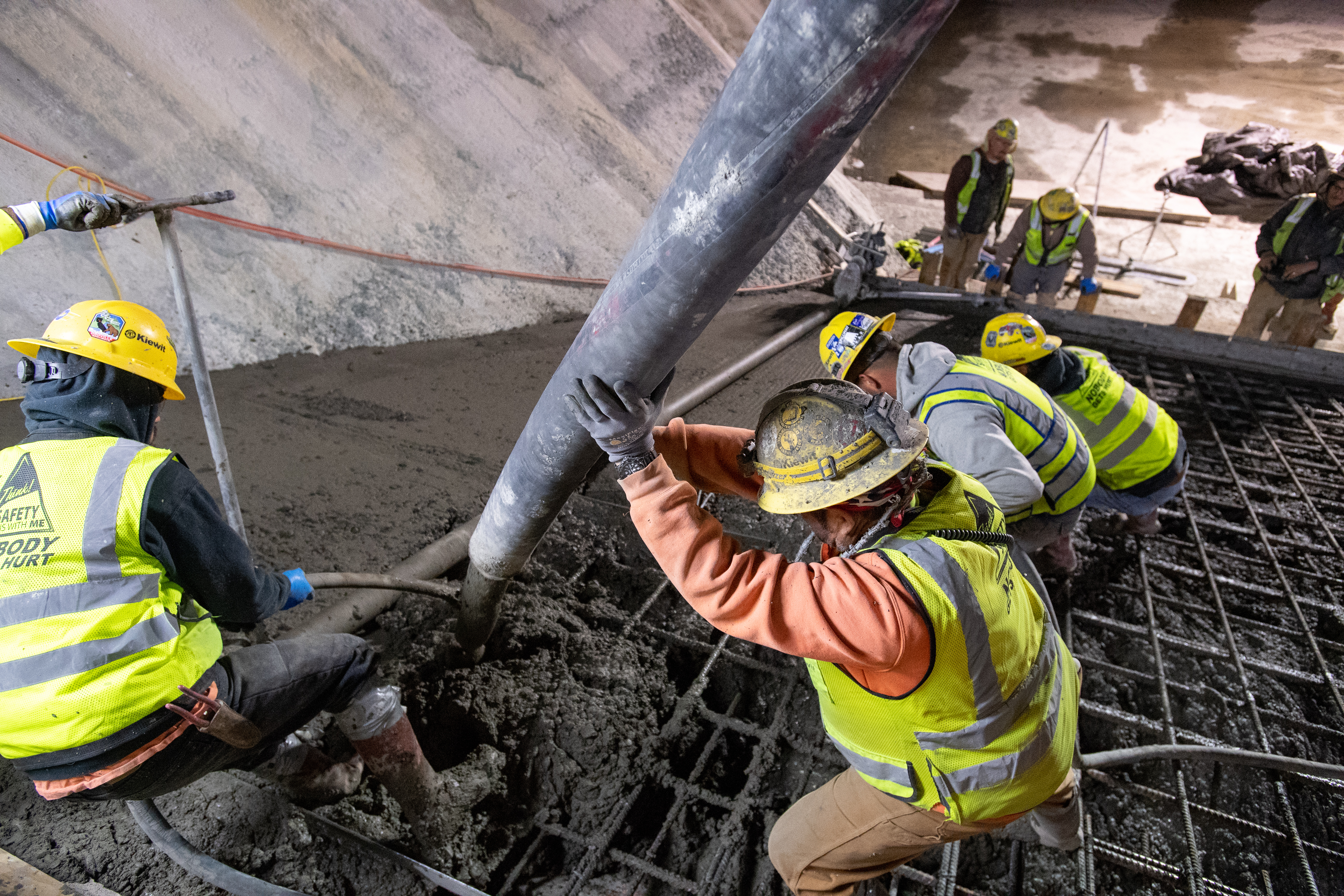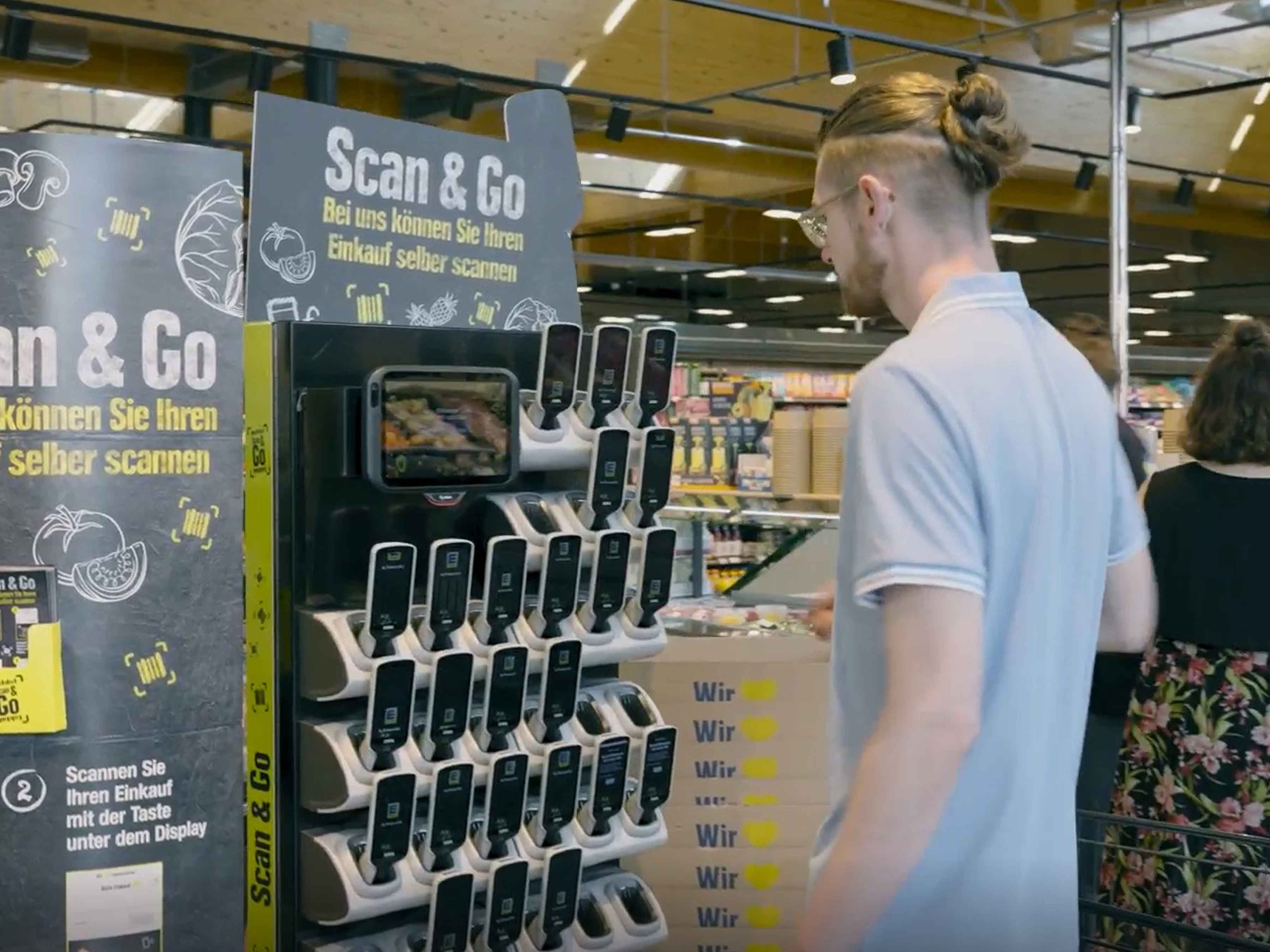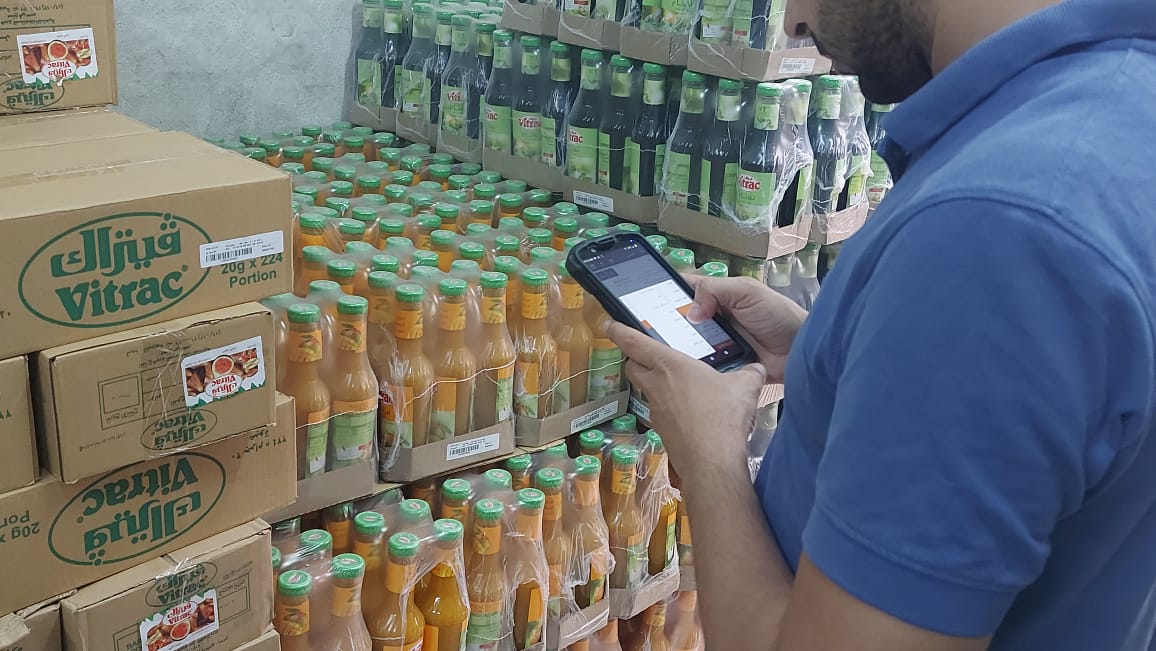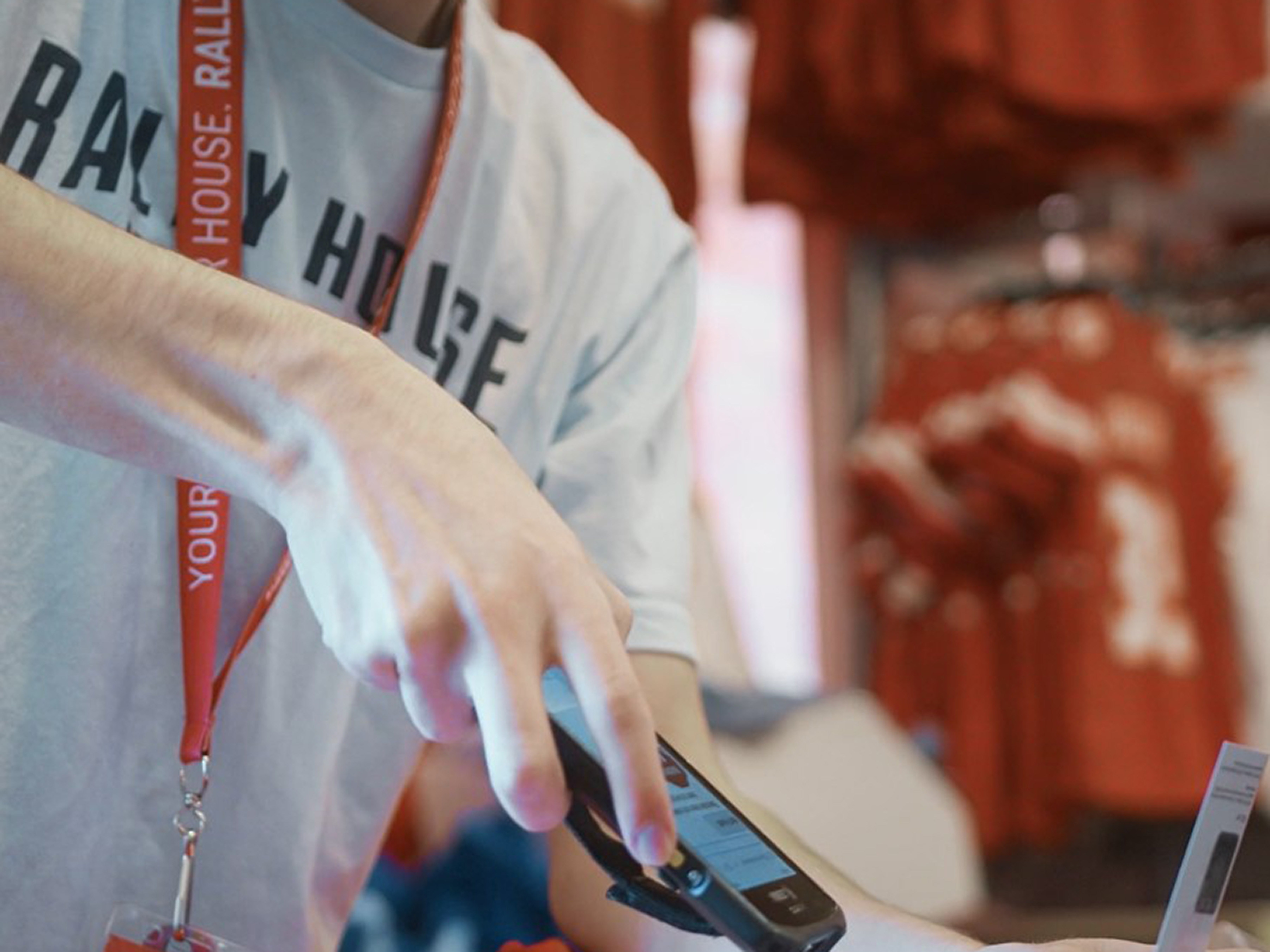Transform retail operations with Zebra’s retail technology solutions, featuring hardware and software for improving inventory management and empowering teams.
Streamline operations with Zebra’s healthcare technology solutions, featuring hardware and software to improve staff collaboration and optimise workflows.
Enhance processes with Zebra’s manufacturing technology solutions, featuring hardware and software for automation, data analysis, and factory connectivity.
Zebra’s transportation and logistics technology solutions feature hardware and software for enhancing route planning, visibility, and automating processes.
Zebra's hospitality technology solutions equip your hotel and restaurant staff to deliver superior customer and guest service through inventory tracking and more.
Zebra's market-leading solutions and products improve customer satisfaction with a lower cost per interaction by keeping service representatives connected with colleagues, customers, management and the tools they use to satisfy customers across the supply chain.
Empower your field workers with purpose-driven mobile technology solutions to help them capture and share critical data in any environment.
Zebra's range of mobile computers equip your workforce with the devices they need from handhelds and tablets to wearables and vehicle-mounted computers.
Zebra's desktop, mobile, industrial, and portable printers for barcode labels, receipts, RFID tags and cards give you smarter ways to track and manage assets.
Zebra's 1D and 2D corded and cordless barcode scanners anticipate any scanning challenge in a variety of environments, whether retail, healthcare, T&L or manufacturing.
Zebra's extensive range of RAIN RFID readers, antennas, and printers give you consistent and accurate tracking.
Choose Zebra's reliable barcode, RFID and card supplies carefully selected to ensure high performance, print quality, durability and readability.
Zebra's location technologies provide real-time tracking for your organisation to better manage and optimise your critical assets and create more efficient workflows.
Zebra's rugged tablets and 2-in-1 laptops are thin and lightweight, yet rugged to work wherever you do on familiar and easy-to-use Windows or Android OS.
With Zebra's family of fixed industrial scanners and machine vision technologies, you can tailor your solutions to your environment and applications.
Zebra’s line of kiosks can meet any self-service or digital signage need, from checking prices and stock on an in-aisle store kiosk to fully-featured kiosks that can be deployed on the wall, counter, desktop or floor in a retail store, hotel, airport check-in gate, physician’s office, local government office and more.
Discover Zebra’s range of accessories from chargers, communication cables to cases to help you customise your mobile device for optimal efficiency.
Zebra's environmental sensors monitor temperature-sensitive products, offering data insights on environmental conditions across industry applications.
Enhance frontline operations with Zebra’s AI software solutions, which optimize workflows, streamline processes, and simplify tasks for improved business outcomes.
Empower your frontline with Zebra Companion AI, offering instant, tailored insights and support to streamline operations and enhance productivity.
The everything you need to rapidly and cost effectively develop high-performance AI vision applications on Zebra mobile computers.
Zebra Workcloud, enterprise software solutions boost efficiency, cut costs, improve inventory management, simplify communication and optimize resources.
Keep labour costs low, your talent happy and your organisation compliant. Create an agile operation that can navigate unexpected schedule changes and customer demand to drive sales, satisfy customers and improve your bottom line.
Drive successful enterprise collaboration with prioritized task notifications and improved communication capabilities for easier team collaboration.
Get full visibility of your inventory and automatically pinpoint leaks across all channels.
Reduce uncertainty when you anticipate market volatility. Predict, plan and stay agile to align inventory with shifting demand.
Drive down costs while driving up employee, security, and network performance with software designed to enhance Zebra's wireless infrastructure and mobile solutions.
Explore Zebra’s printer software to integrate, manage and monitor printers easily, maximising IT resources and minimising down time.
Make the most of every stage of your scanning journey from deployment to optimisation. Zebra's barcode scanner software lets you keep devices current and adapt them to your business needs for a stronger ROI across the full lifecycle.
RFID development, demonstration and production software and utilities help you build and manage your RFID deployments more efficiently.
RFID development, demonstration and production software and utilities help you build and manage your RFID deployments more efficiently.
Zebra DNA is the industry’s broadest suite of enterprise software that delivers an ideal experience for all during the entire lifetime of every Zebra device.
Advance your digital transformation and execute your strategic plans with the help of the right location and tracking technology.
The Zebra Aurora suite of machine vision software enables users to solve their track-and-trace, vision inspection and industrial automation needs.
Zebra Aurora Focus brings a new level of simplicity to controlling enterprise-wide manufacturing and logistics automation solutions. With this powerful interface, it’s easy to set up, deploy and run Zebra’s Fixed Industrial Scanners and Machine Vision Smart Cameras, eliminating the need for different tools and reducing training and deployment time.
Aurora Imaging Library™, formerly Matrox Imaging Library, machine-vision software development kit (SDK) has a deep collection of tools for image capture, processing, analysis, annotation, display, and archiving. Code-level customisation starts here.
Aurora Design Assistant™, formerly Matrox Design Assistant, integrated development environment (IDE) is a flowchart-based platform for building machine vision applications, with templates to speed up development and bring solutions online quicker.
Designed for experienced programmers proficient in vision applications, Aurora Vision Library provides the same sophisticated functionality as our Aurora Vision Studio software but presented in programming language.
Aurora Vision Studio, an image processing software for machine & computer vision engineers, allows quick creation, integration & monitoring of powerful OEM vision applications.
Adding innovative tech is critical to your success, but it can be complex and disruptive. Professional Services help you accelerate adoption, and maximise productivity without affecting your workflows, business processes and finances.
Zebra's Managed Service delivers worry-free device management to ensure ultimate uptime for your Zebra Mobile Computers and Printers via dedicated experts.
Find ways you can contact Zebra Technologies’ Support, including Email and Chat, ask a technical question or initiate a Repair Request.
Zebra's Circular Economy Program helps you manage today’s challenges and plan for tomorrow with smart solutions that are good for your budget and the environment.
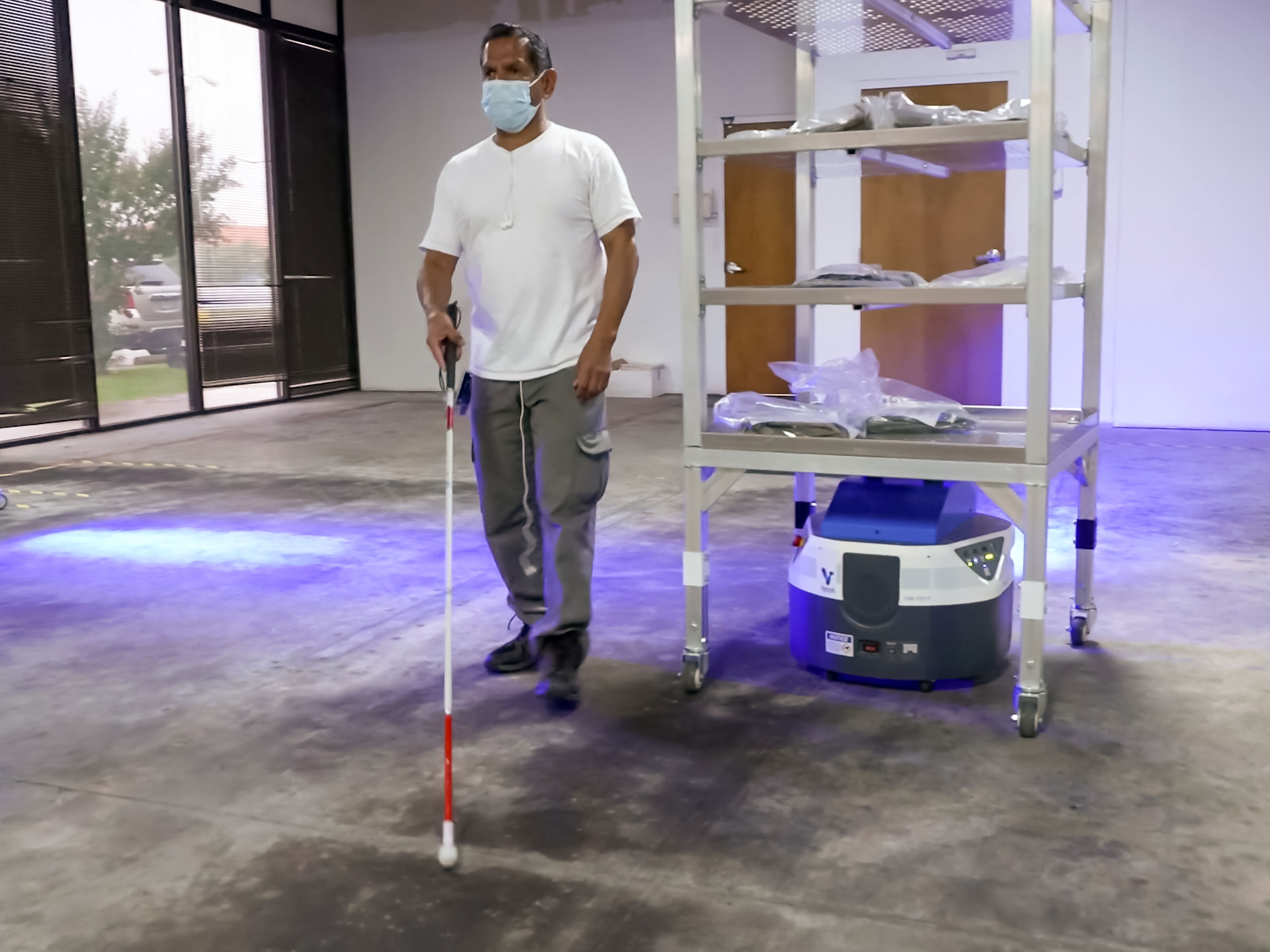
Austin Lighthouse Empowers Employees, Doubles Productivity
Austin Lighthouse is a non-profit organisation that offers education and training to people who are visually impaired. Through its warehouse and distribution space, the organisation provides logistical support to the federal government and offers commercial warehousing services.
Zebra Success Story: Austin Lighthouse
Overview: Warehouse, Distribution & Manufacturing Challenge
Improving productivity to stay competitive.
Benefits / Outcomes
- Fetch Robotics CartConnect100
- Autonomous Mobile Robot (AMR) System
- FetchCore Enterprise Software
- Zebra TC8300 Mobile Computers
Customers
Austin Lighthouse
Austin, Texas/USA
Industry
Warehouse, Distribution & Manufacturing
Solutions
About Austin Lighthouse
Empowering Warehouse Employees While Improving Productivity
Austin Lighthouse, a non-profit organisation offering education and training to people who are visually impaired, has been at the forefront of technology from the very beginning. With a warehouse and distribution space spanning a million square feet, its operations can be complex and involve substantial travel time for workers. In an effort to help its workers become independent, the organisation introduced Autonomous Mobile Robots (AMRs) from Fetch that not only considerably reduced travel time for workers but also improved their picking productivity by 2.5 times.
About Austin Lighthouse
Austin Lighthouse, also known as The Travis Association for the Blind, was founded in 1934 to offer skills-based training, education and a community for people who are blind and visually impaired. Through its Warehousing and Distribution Centre, it provides logistical support to the federal government, primarily to the Department of Defence, as well as offers commercial warehousing services. Austin Lighthouse also has a manufacturing division that serves the needs of the U.S. Military.
The Challenge
With increased competition from large companies, Austin Lighthouse was finding it difficult to manage its rising order volumes. Annually, it completes more than 500,000 orders to over 10,000 locations globally while receiving shipments from around 20 trucks every day.
To stay competitive, Austin Lighthouse realised it would need to process these orders faster than its existing capability. Moreover, the organisation also wanted to make it easier for its 450 workers (250 of them are legally blind) to handle orders, and spend less time walking around.
We were drawn to robotics as a way to enable all of our employees to work smarter, not harder. Reducing the amount of walking they have to do to complete a task, in turn, reduces wear and tear on the body and opens up job opportunities to those with limited mobility.
Alonso Perales, Vice President of Business Innovation at Austin Lighthouse
The Solution
Once Austin Lighthouse realised that it needed to change the status quo to remain competitive, it began its search for the right solution. The Lighthouse consulted with subject-matter experts, such as warehouse designers and industrial engineers, to reach a conclusion. It selected Fetch AMRs (CartConnect100) as this was the only robotic solution that was accessible and met its facility’s safety standards.
Austin Lighthouse integrated four AMRs into its facility with the support of Fetch engineers and mapped a route for cart pick up and drop off aligned with its warehouse design. Since implementing this solution, the organisation has been using these robots every day to transport empty carts from one location to another as well as for case picking.
Because of specific accessibility features, like text-to-speech RF guns, voice system for case picking and custom robot sounds and paths, Fetch Robotics was a clear choice for Austin Lighthouse over other market players. Our AMRs integrate seamlessly with external devices that were instrumental for the success of this project.
The Zebra Difference: Outcome and Benefits
One of the main reasons Austin Lighthouse integrated robots was to stay competitive by processing orders faster. With AMRs, it has been able to tremendously improve its productivity across its distribution operations. Let’s see how it has helped them.
- Using robots has eliminated the travel required for picking up empty carts and transporting them to other locations.
- The FetchCore software helps Austin Lighthouse control these robots, change routes and always keep a track of their position.
- The biggest benefit has been the significant improvement in productivity. The organisation’s pick totals increased 2.5 times after introducing AMRs.
- By introducing inclusive robotics technology, Austin Lighthouse has made work accessible for its workers.
- Working with robots adds to the skill repertoire of its workforce who are now managing both the robots and the software.
In addition, as career development of employees has always been a focus for Austin Lighthouse, its employees could get the opportunity to work with and learn about AMRs which prepares them for the future.
Featured Products and Solutions
Related Resources
Legal Terms of Use Privacy Policy Supply Chain Transparency
ZEBRA and the stylized Zebra head are trademarks of Zebra Technologies Corp., registered in many jurisdictions worldwide. All other trademarks are the property of their respective owners. ©2025 Zebra Technologies Corp. and/or its affiliates.

